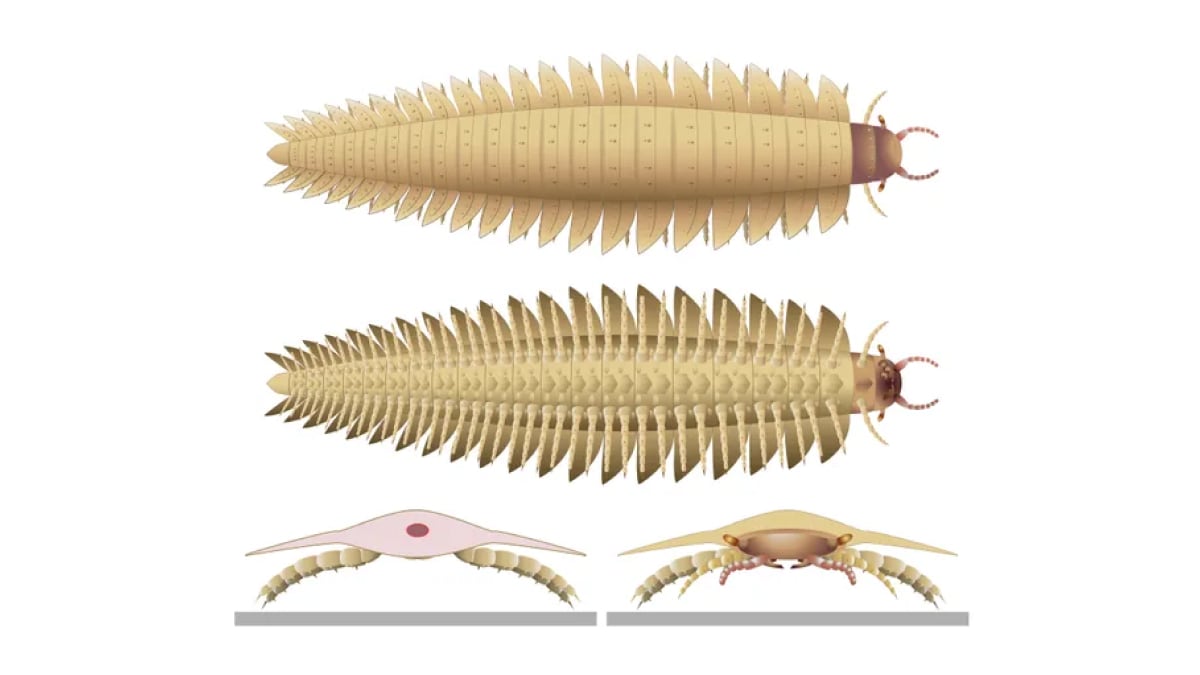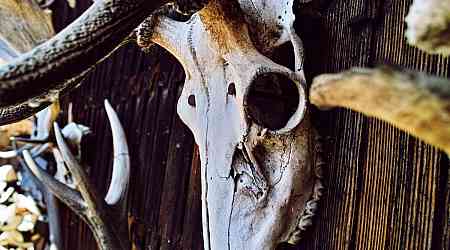A fossil revealing the head of Arthropleura, a millipede-like arthropod that lived around 346 to 290 million years ago, has been discovered for the first time. Arthropleura was one of the largest arthropods ever known, growing up to 8.5 feet (2.6 meters) in length. The discovery of this fossil in Montceau-les-Mines in France solves a longstanding mystery about the creature's evolutionary placement. Mickaël Lheritier, a paleontologist at Claude Bernard Lyon 1 University, highlighted the significance of the find, noting the importance of the newly identified features of its head.
Fossils Unveil Evolutionary Clues
The fossil includes two juvenile Arthropleura specimens, preserved in rock. Researchers used CT scans to study the remains and uncovered features such as stalked eyes and centipede-like mandibles. This combination of traits had baffled scientists for years, as Arthropleura appeared to share characteristics with both millipedes and centipedes. With this new evidence, palaeontologists can better understand its position in the arthropod family tree.
Unique Features of Arthropleura
The newly discovered head provides insight into its life cycle. The fossil revealed Arthropleura had stalked eyes—an unusual feature not seen in its close relatives like millipedes or centipedes. Typically, these eyes are found in aquatic animals, leading researchers to believe that Arthropleura juveniles may have been semi-aquatic, spending part of their early life in water before becoming terrestrial adults.
Scientific Impact
This discovery answers a long-standing debate within the scientific community about Arthropleura's place in evolution. According to James Lamsdell, a palaeontologist at West Virginia University, this discovery helps resolve Arthropleura's evolutionary relationships, confirming it as a millipede relative despite its unique features.
































